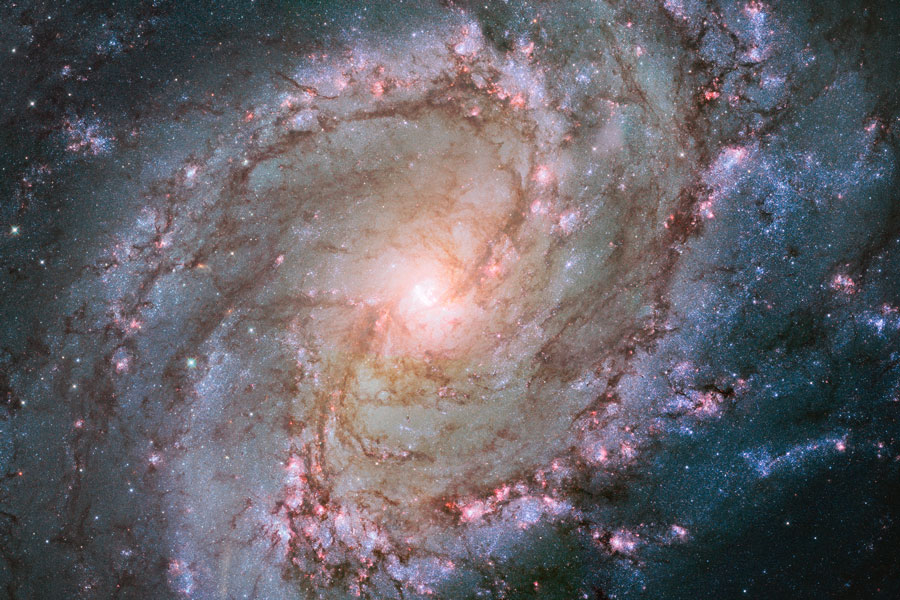



Dr. Shouleh Nikzad is a Senior Research Scientist, a Principal Engineer, and leads the UV-Visible detectors and systems group at MDL. Shouleh holds visiting faculty and lecturer appointments at Caltech Physics Math and Astronomy Division, Caltech Medical Engineering Department. Her research interest span materials, detectors, image sensors, systems, and their applications in planetary sciences, astrophysics, space weather, and medicine. Her work on single photon counting UV detectors has produced world record sensitivity that enables future NASA missions in mapping of the intergalactic medium, primitive bodies studies, and planetary atmosphere studies.

Using of JPL-invented 2D doping (delta-doping and superlattice-doping), we can produce detectors with 100% internal quantum efficiency (QE). Novel antireflection coatings and detector-integrated filters implemented...

For the past three decades, theoretical physicists have predicted that primordial gas from the Big Bang is not spread uniformly throughout space but is instead distributed as a “cosmic web,” or a network of smaller and larger filaments...

In the search for extraterrestrial signs of life, many researchers are focusing on exoplanets - or planets that exist beyond our solar system - so far away that they are undetectable using current technology...

On-sky observations with broadband delta-doped arrays were planned as part of an effort funded by NASA’s Strategic Astrophysics Technology (SAT). Delta-doped p-channel devices were previously...

Wide bandgap semiconductors such as gallium nitride and its alloys are excellent candidate materials for fabricating solar-blind UV detectors. One promising class of detectors is the avalanche photodiode (APD)...